LIMPOPO LAND DISPUTE
Maila community’s claim exposes historical complications crippling land restitution
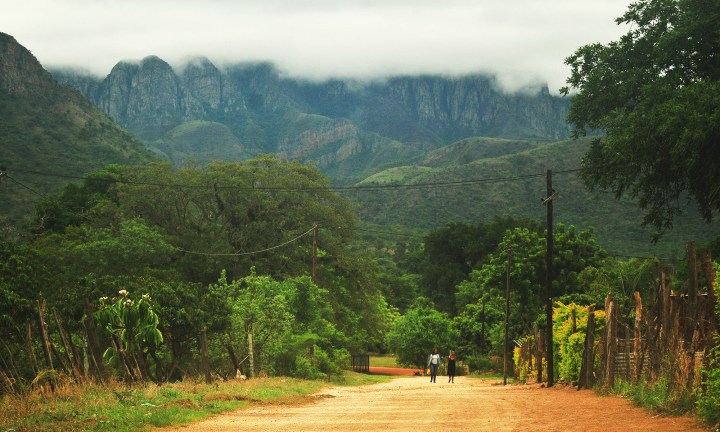
A community’s battle to recover land that was expropriated without compensation under colonial rule underlines the complexities created by the legacy of dispossession.
In July 1925, the Sub Native Commissioner in Pietersburg received an application from an FP Mockford seeking permission “to collect grazing fees from native stock-owners resident on Calais 156, Stasburg 167 and London 168”.
Some of the “natives” in question were from the Maila community who had lived in the area they had called Tsopeng Ga-Maila since the 1700s.
The Maila lived alongside the Batlhabine of Mogoboya, who were the original occupants of the land. The Batlhabine awarded the Maila, who had migrated from present-day Sekhukhune, a portion of land and made them indunas under their chieftaincy.
But by 1925 the Maila community had lost most of their land and been reduced to tenants through a succession of laws imposed by colonial administrations from the mid-1800s.
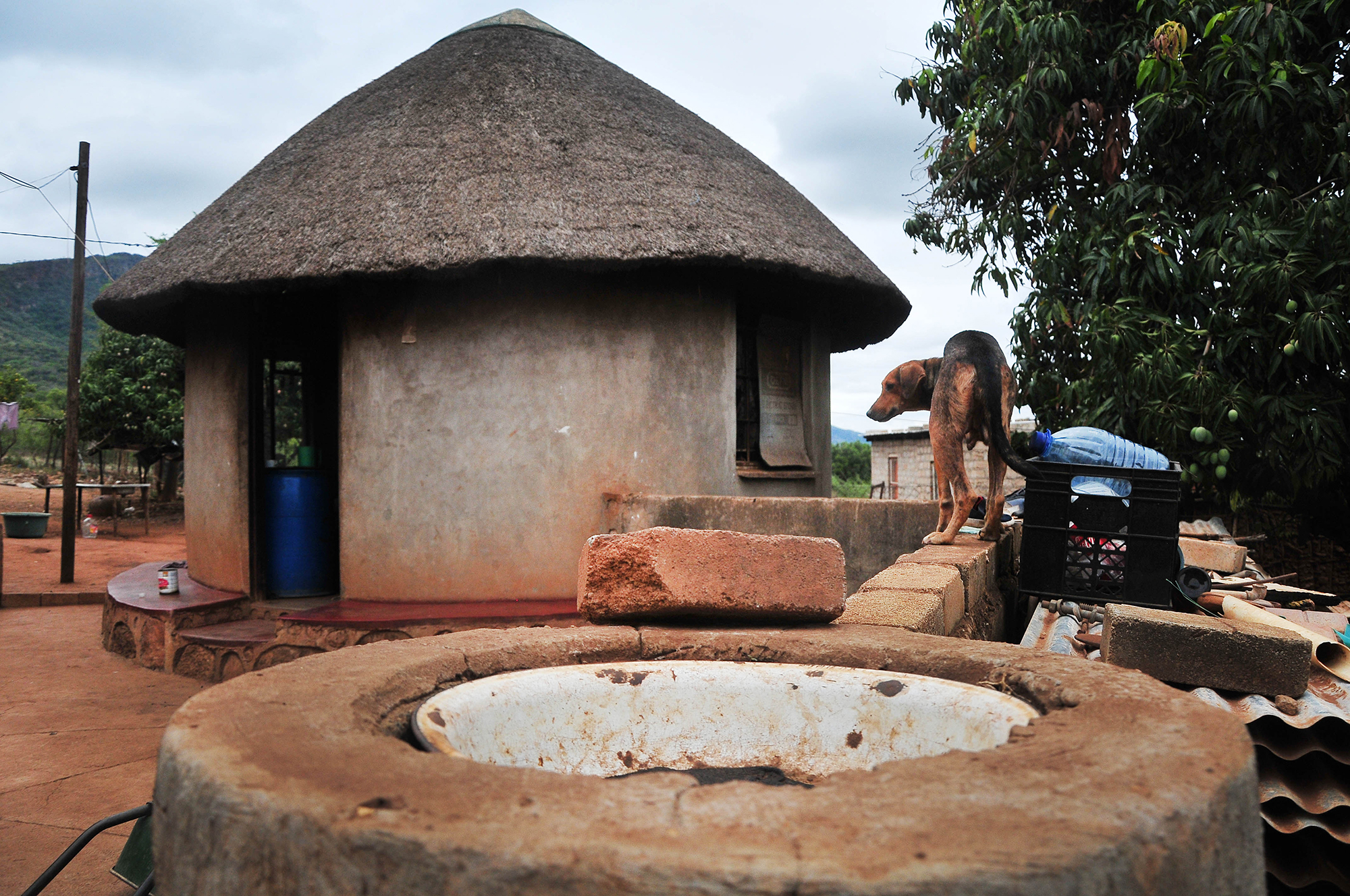
Life goes on as usual in Calais village which forms part of a land claim by the Maila community in Limpopo. (Photo: Lucas Ledwaba / Mukurukuru Media)
“The former regimes deemed white people credible to have full control and ownership of land while black people or natives work for them,” the Commission on Restitution of Land Rights (CRLR) says in its report into the Maila land claim lodged by Sealane Reuben Maila on 24 December 1998.
Among these statutes that rendered the Maila landless on their own land was the Native Land Act 27 No 27 of 1913.
The application by Mockford was a further nail in the coffin – reducing the former landowners to mere tenants who now had to pay for their herds to feed on land they had inherited from their ancestors.

Sealane Reuben Maila wants answers as to why his community’s land claim was partly investigated and excluded portions of land taken away before 1913. (Photo: Lucas Ledwaba / Mukurukuru Media)
Sealane Maila’s eyes well up with tears when he speaks of this dispossession of his people and the frustration he has faced trying to reclaim their land since he lodged the claim 21 years ago. The claim, says Maila, encompassed land of about 11,000 hectares “between the Selati river in the south, Ngwabitsi river in the north, Mamabala mountain in the west and Leydsdorp in the east”.
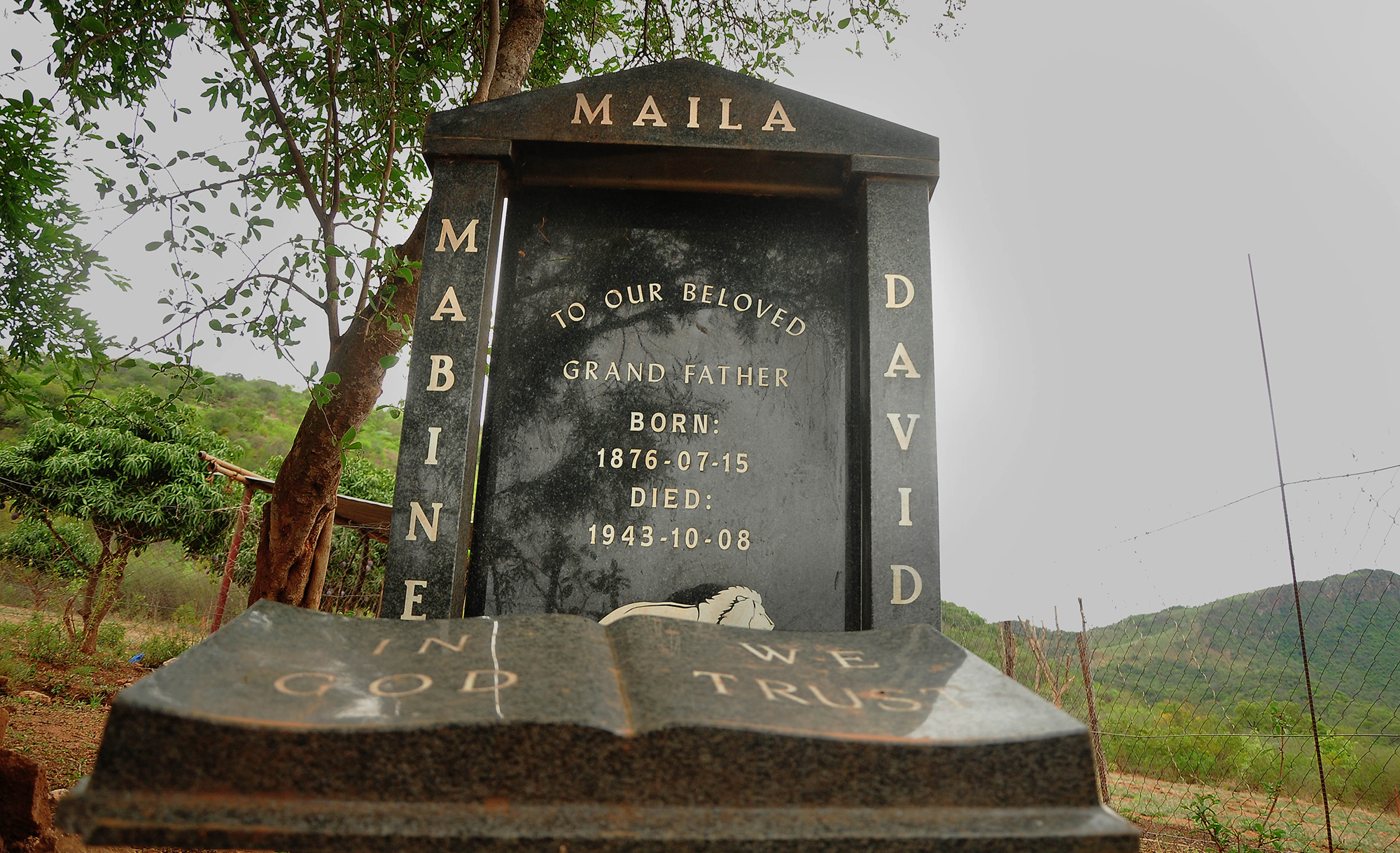
The graves of an older generation of the Maila clan lie in one of the old homesteads in Calais village in Calais. The land is under claim by the Maila community who trace their ancestry to the area back to the 1700s. (Photo: Lucas Ledwaba / Mukurukuru Media)
On a warm afternoon, Maila stands between the graves of his forebears, Seelane Maila, who was born in 1812, and Mabine David Maila, who was born in 1876. The graves lie side by side on a property at Calais village, at the foot of the hill Mamabala – testimony to the clan’s historical presence on the land.
“We are told that in 1925 Compton owned this land. But we don’t even know who gave this Compton our land,” laments Maila.
Maila’s question resonates with what celebrated poet Mzwakhe Mbuli tackles in his piece, Land Deal.
In the piece from the 1992 album, Resistance is Defence, Mbuli poses the thorny question that simmers underneath the unresolved land question:
Philosophers, historians, disclose the truth
disclose the facts, disclose to me vouchers of the land deal
disclose to me the unknown price
who sold the land and who bought the land
the land bought, the land never sold…
Maila’s journey to reclaim his ancestral land started quite by chance. He was sitting under a tree reading The Star newspaper in Calais village in 1998, on the very land where 70-odd years earlier Compton had demanded that his kin pay in order for their cattle to graze.
His uncle alerted him that the closing date for submission of land claims was fast approaching and since he was getting on in years, Maila should rally other younger people to lodge a claim for their ancestral land. By some stroke of luck, the same newspaper edition carried an advert calling on communities to lodge their claims.

Descendants of the Mail community who trace their occupation of the land in Calais to the 1700s still keep cattle and farm the land on the portion of land where they were forcibly removed from the 1800s. (Photo: Lucas Ledwaba / Mukurukuru Media)
Through oral accounts from various elders, they managed to piece together his family’s tragic history of dispossession. But oral history, though a treasure from the elders, has its own limitations, as noted by the Commission on Restitution of Land Rights in its report on the Maila claim.
“The sad reality of the history of the claimants is that the wealthy historical information ingrained in their elders’ memories relative to the claimed land is not documented anywhere, and as a result the claimants only rely on their elders’ memories and word of mouth from who shared first-hand experiences,” the CRLR says.
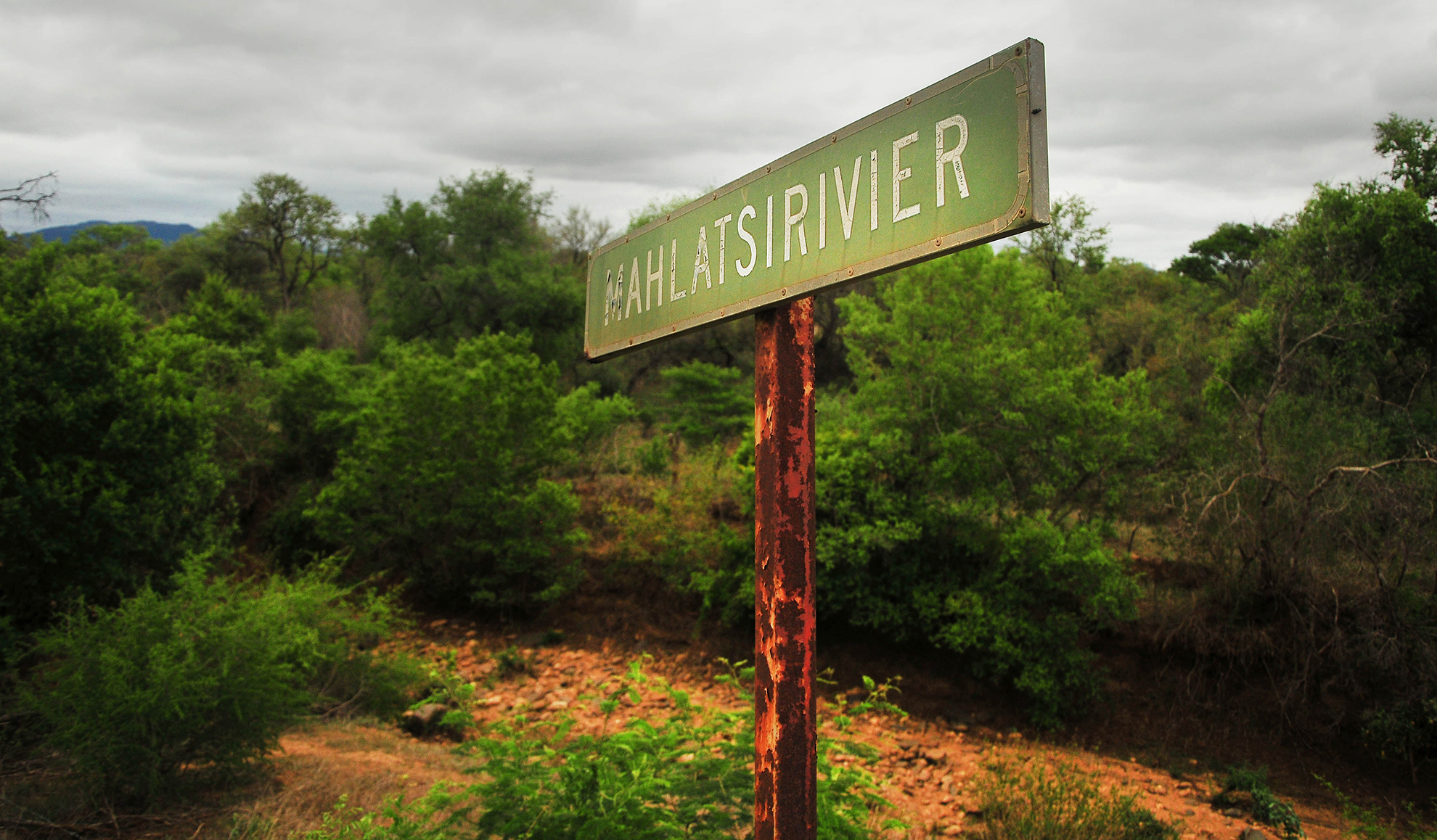
The Mahlatsi river marks one of the borders in the land claim by the Maila community of Limpopo. The community is dissatisfied that their claim including land taken before 1913 has been excluded from the Commission on Restitution of Land Right’s investigation. (Photo: Lucas Ledwaba / Mukurukuru Media)
The report notes: “Not much deeds history of the property was found at the Deeds office” but states that “a surveyor diagram shows that in July 1889 the whole extent of the farm Calais was measured by a professional surveyor, AL Devenish. At the time of the survey, the farm was owned by WI Compton.”
How WI Compton came to own the farm remains a mystery lost in the missing documents of the mythical land deal. But through various oral accounts and patchy documentary evidence, it appears that he was part of a wave of white settlers who arrived in the area north of the Transvaal Drakensberg in the mid-1800s.
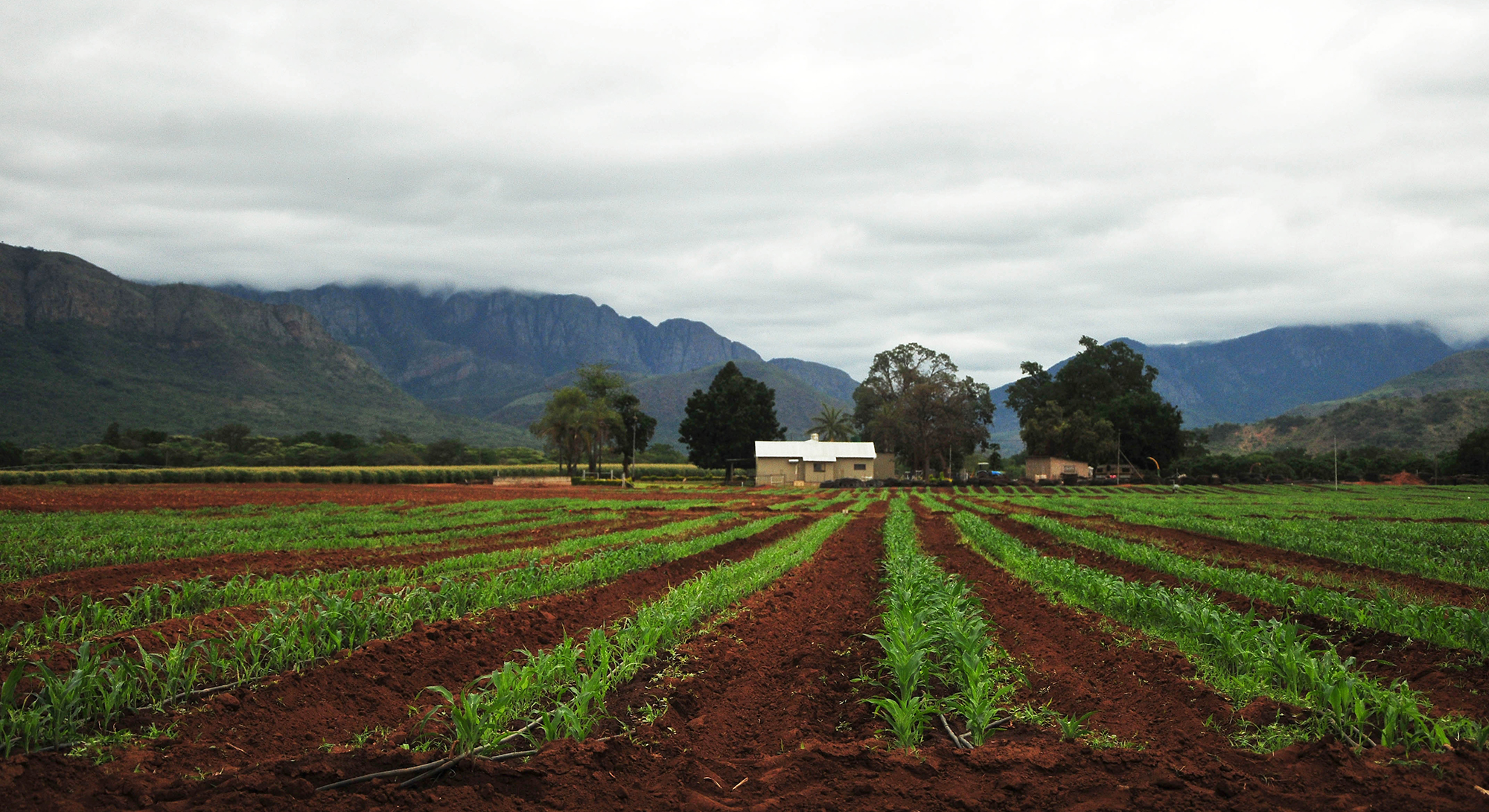
The Maila community are unhappy that their land claim doesn’t include prime commercial land like this farm which is located on land they claim was taken away from them before 1913. (Photo: Lucas Ledwaba / Mukurukuru Media)
This influx appears to have heightened after the defeat of King Sekhukhune I of the Bapedi polity by the British in December 1879 – when more white settlers began moving further north-east into the interior.
The white settlers, attracted by the fertile soil, subtropical climate and abundance of water, targeted the land below the Drakensberg including Tsopeng Ga Maila.
The land was cut up into farms and given names which reminded the settlers of their roots in Europe, hence Tsopeng became Calais. In all this, the indigenous people like the Maila were pushed towards the periphery of the fertile areas they once owned and lived on.
At the end of World War I in 1918, demobilised white British soldiers who had served on the side of the allied forces formed the Officers Colonial Land Company (Ofcolaco) which also occupied land in the area, leading to further dispossession of the Maila community.
The settlers were not satisfied with the land they had occupied without compensation but also demanded free labour from the people they had dispossessed under what they called the “more kom system”.
When most of the Maila refused to provide free labour in return for tenure rights, the colonial invaders enforced levies for rental and grazing tax in a bid to force them into servitude.
“What we gathered is that many of our people refused to work on the farms. They wanted to know who had given these white people their land and why they should be expected to work for them,” Maila says.
Although some of the indigenous people stayed and lived under the “more kom system”, many of the Maila left and settled in different areas of the Lowveld and even as far as the Blouberg area of present-day Limpopo.
In the late 1800s to early 1900s, the white settlers found a reliable source of cheap labour among groups of Tsonga speaking people who had arrived in the area from the east and south-east from present-day Mozambique.
But the core of the Maila community remained around the area of the original Tsopeng, now known by officialdom as Calais. The CRLR has validated the Maila’s claim that they existed as a community prior to 1913 and even after 1994.
However, the Maila claim is riddled with complexities. The Phasha Nkoana, Sekororo and Tours Trust communities who lived on certain portions of the land at different points in history have also lodged claims.
Another claim by the Batlhabine community, who confirmed having lived side by side with the Maila, has been added as a co-claim.
The complexities around the different claims seem to arise from the fact that between 1936 and 1968 the communities were further forcibly removed and resettled. Each now lays claim to the land from which they were forcibly removed during that period.
The last resettlement in 1968 was a result of the Bantu Authorities Act 68 of 1951 which effectively laid the foundation for the establishment of the homeland administrations.
After the 1968 removals, the Maila were forced into the Lebowa homeland area by virtue of them being Sotho-speaking, while the Tsonga speakers were relocated to the Gazankulu bantustan.
Adding to the mix is that prior to and between 1913 and 1968 the area known as Calais 156, with the 11,000-hectare piece which the Maila claim as their original land, had been consolidated into different areas falling under individual white farmers, the government, the Diocese of the Catholic Church of Louis Trichardt, Ofcolaco and the homeland authorities.
But what seems to complicate the Maila case further is that their original claim involves land taken from them before 1913. The Restitution of Land Right Acts 22 of 1994 under which communities have claimed for land stipulates one of its aims as “to provide for the restitution of rights in land to persons or communities dispossessed of such rights after 19 June 1913 as a result of past racially discriminatory laws or practices”.
The Maila are dissatisfied that the CRLR only recognises Calais 31 KT, which is now a rural village of about 863 hectares, as their only legitimate claim. They argue that the land taken away from them constitutes an area estimated at 11,000 hectares.
Most of the land under the original Calais 156, which is the original area claimed by the Maila, includes prime commercial citrus farms. Maila argues that the Commission on Restitution of Land Rights failed to investigate their claim on this piece of prime land and settled instead only for the village of Calais KT31, which is the only piece of land left to them after the 1913 statute was enacted.
Minister of Agriculture, Land Reform and Rural Development, Thoko Didiza, acknowledged the complexities involved in such claims in an address before the National Council of Provinces in 2019.
She highlighted that “this area of work is very complex. It involves a lot of research and investigation of such claims and also manages the negotiations on the acquisition of such land”.
Nicholas Magada, spokesperson for the Limpopo provincial department of rural development and land reform, says the land claim by Maila is at verification stage and is plagued by challenges.
Magada said the last verification meeting for the Maila community “which according to the research report were forcefully removed from the farm Calais 31 KT between 1952 and 1955” took place at Calais village in October 2019.
The reference to Calais 31 KT between 1952 and 1955 confirms Maila’s concern that the CRLR and the department only dealt with land dispossessed after 1913.
Magada says the “majority of those who turned up and completed the verification forms did not qualify to be the correct beneficiaries in terms of the approved research report” and “they even did not know which land claim they were filling the form for”.
Magada says as a way forward the meeting agreed that committee members must inform all the correct outstanding households of Ba Ga Maila community regarding the verification – a meeting will be arranged for them to complete the forms and the meeting must be held where the majority of the correct claimants reside.
He says another meeting will be arranged with all those who did not qualify, to inform them properly that they do not qualify to be the beneficiaries of the said claim.
But Maila argues that this is just a delaying tactic by the department which he says doesn’t want to deal with the key issue of investigating the claim in its entirety.
In fact, at it stands it appears the Maila community may never get their original land back.
“It must also be noted that the farm Calais 31 KT is not restorable to Ba Ga Maila Community because it is under the jurisdiction of Chief Sekororo and there is already an established village on the farm,” says Magada.
He says other alternative restitution rewards are available to the Ba Ga Maila Community.
“Restitution can take the form of returning land rights, provide alternative land and financial compensation. However, it is up to the community to elect the alternative redress of their preference.
“The Act [Restitution of Land Rights Act 1994] says if the land is not feasible for restoration the claimants must opt for alternative redress,” advises Magada.
Maila says the Commission on Restitution of Land Rights has recommended that the claimants accept a cash settlement in which each of the claimants would share an amount of R121,000. But he finds this unacceptable and says they are prepared to explore legal options available in order to have their land restored.
“Where is our land? We want to know what happened to our land?” asks Maila. MC
This article was first published in Mukurukuru Media.


















 Become an Insider
Become an Insider